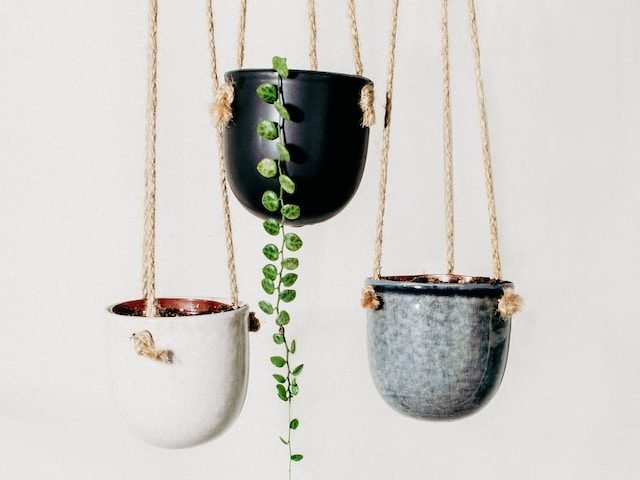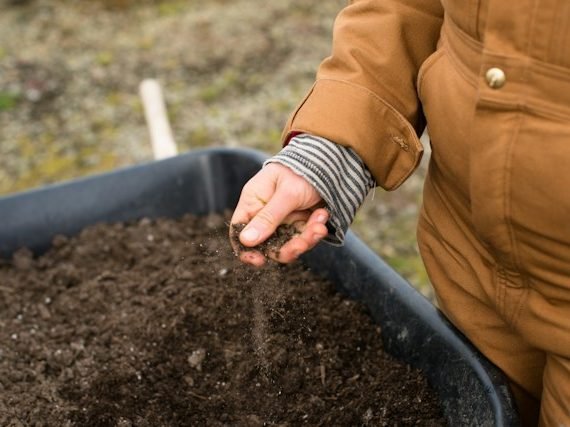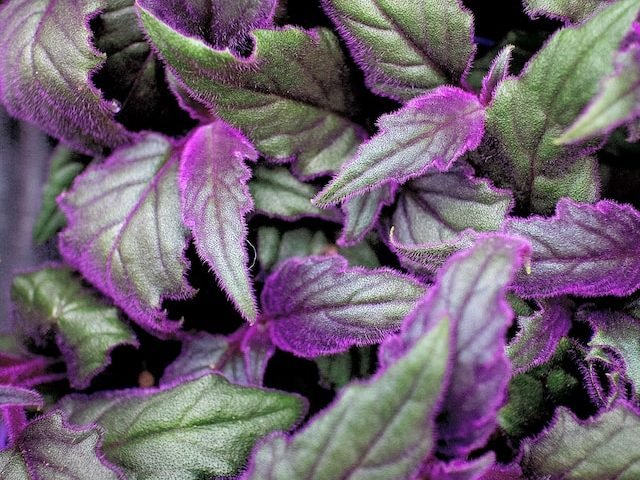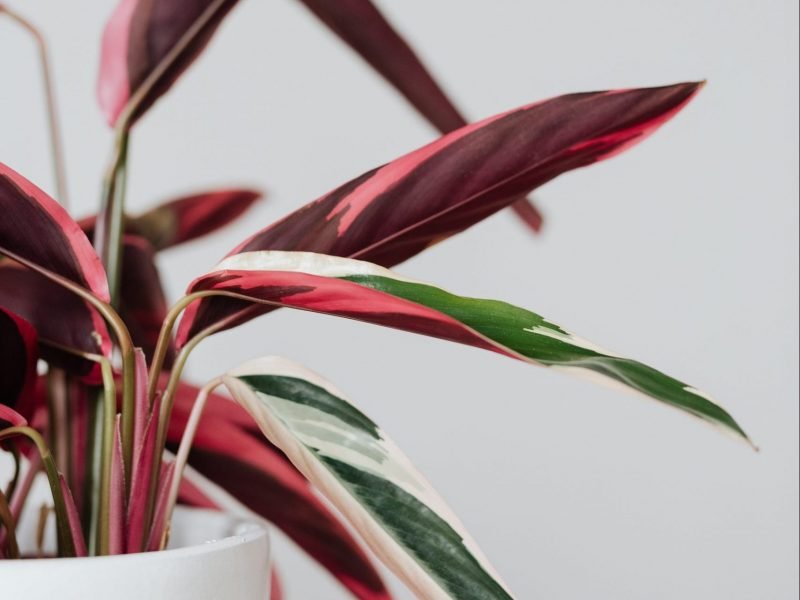
Available in a range of red, pink and green varieties, the Nerve Plant is known and loved for their striking veined leaves. So it is even more devastating than normal to find your Nerve Plant’s incredible leaves are starting to turn brown as this means something isn’t quite right in either your plant’s environment or care routine.
But don’t worry, we will go through all the different causes of brown leaves on Nerve Plants to help you diagnose the issue before fixing and preventing it.
Too much direct sunlight causes brown leaves
Sunlight is one of the main factors that cause Nerve Plants to develop brown leaves. There is often a misconception that there is no such thing as too much light for a houseplant. But this couldn’t be further from the truth and intense light can cause brown leaves on many houseplant types, including Nerve Plants.
Though a lack of light can also cause several issues, the main problem when it comes to brown leaves often lies with direct sunlight. If your Nerve Plant is getting hit with direct sun rays throughout the intense summer period, it can quickly scorch and burn the leaves of your Nerve Plant which will turn them brown and is, unfortunately, irreversible. The direct sunlight will dry out and burn the leaves, causing brown patches across the plant.
If this is the cause of the brown leaves, trim away the scorched areas and move your Nerve Plant to an area of your home with indirect sunlight. If you are unsure of how much sunlight your Nerve Plant is getting, we recommend using a light meter to keep track of how the light level changes across your home throughout the day/year.
A lack of humidity often leads to brown leaf tips
If your Nerve Plant has brown dry leaf tips or edges, rather than whole brown leaves, then a lack of humidity is most likely the cause. Nerve Plants will struggle in homes with quite dry air, especially in winter where heating and less ventilation makes this problem worse.
Although a lack of humidity won’t often kill your plant (unless things are REALLY bad), there are a few really simple things you can do to increase the humidity for your Nerve Plant and avoid any more brown leaf tips:
Mist the leaves regularly
This is one of the easiest ways to increase the humidity for your Nerve Plant and avoid any more brown leaf tips. Misting the leaves also helps with preventing dust build up so is a really good habit to get into for a lot of your houseplants too. Mist the leaves several times per week with a spray bottle. We recommend misting in the mornings so there’s enough time for the water to evaporate off the leaves before temperatures drop. Cold air and damp leaves often leads to leaf rot.
Make a pebble tray
This requires you to do a little DIY but it’s a great solution for when dry air causes brown leaves on your Nerve Plant. Fill up a tray with small stones and fill it up halfway with fresh water. Place your Nerve Plant on top and slowly the water will evaporate around your plant increasing the humidity. Don’t let the water level touch your plant’s roots as this can cause the roots to rot.
Give your Nerve Plant a shower
Another simple thing you can do to instantly boost the humidity and prevent more brown leaves is giving your Nerve Plant a shower. Washing it down with water also gets rid of dust and any pests that might be on your plant without you noticing. Shower your Nerve Plant with temperate water so you don’t shock or burn the plant and keep the water pressure low to avoid breaking any of the leaves or stems.
Placement
If you have sufficient light levels and an empty space in your kitchen or bathroom then we recommend moving your Nerve Plant in there. The humidity level in those rooms is often naturally higher than in other areas of your home because of the steam released when showering and cooking. Just be careful not to put your plant too close to the cooker or this will burn the leaves pretty quickly and you’ll have more than just brown leaf tips!
Invest in a humidifier
This is a great idea for when you want to keep a really steady humidity level for your Nerve Plant which will avoid brown leaf tips. Some humidifiers even have features that mean you can put it on a repeating schedule or turn itself off once the rooms reach the desired humidity level.
If you want to know more about how to raise the humidity for your Nerve Plant then check out our humidity guide.
Underwatering can also cause brown leaves
If the leaves on your Nerve Plant are turning quite dry and crispy as well as brown then it may be due to underwatering. Nerve Plants like to have moist soil but don’t like it when it’s soggy. This means you have to get the right balance when watering which can be difficult. We always recommend a little but often approach to avoid over or underwatering.
If you think your Nerve Plant has been underwatered then check the potting mix before you do anything! You want to be sure that this is the cause of the brown leaves on your Nerve Plant otherwise you may very quickly be overwatering a plant that doesn’t actually need any more water.
Take your plant out of its pot to inspect the potting mix to ensure it’s dry and then slowly reintroduce watering. Your first instinct might be to drown the plant in water to make up for the lack of it, but this can actually cause more damage and more brown leaves on your Nerve Plant. This is because plants get shocked by a sudden change in its environment.
Water your Nerve Plant a little bit once a day for a week. After a week you want to go back to a more normal care routine, making sure to check the moisture in the soil frequently to avoid the brown leaves from developing again!
So those are the most common reasons why your Nerve Plant may be developing brown leaves. As long as you have caught the problem early, you should have absolutely no problem fixing it and bringing your Nerve Plant back to full health. However, even if there is just a small section of your plant that is still alive, don’t give up on your plant. Trim away the dead parts and with the right care, you might be able to revive it.
To find out more about how to care for your plant, as well as other common issues, propagation and top tips, check out our Nerve Plant care guide.















